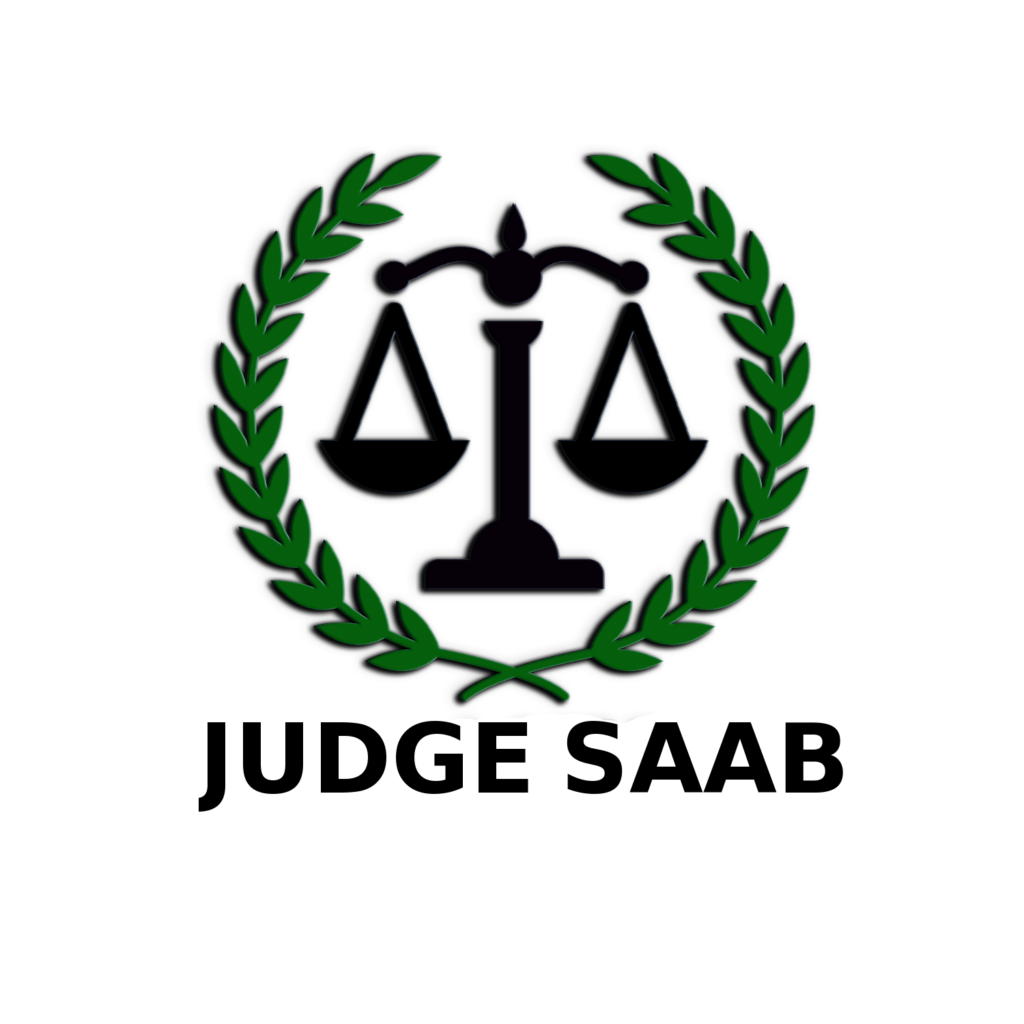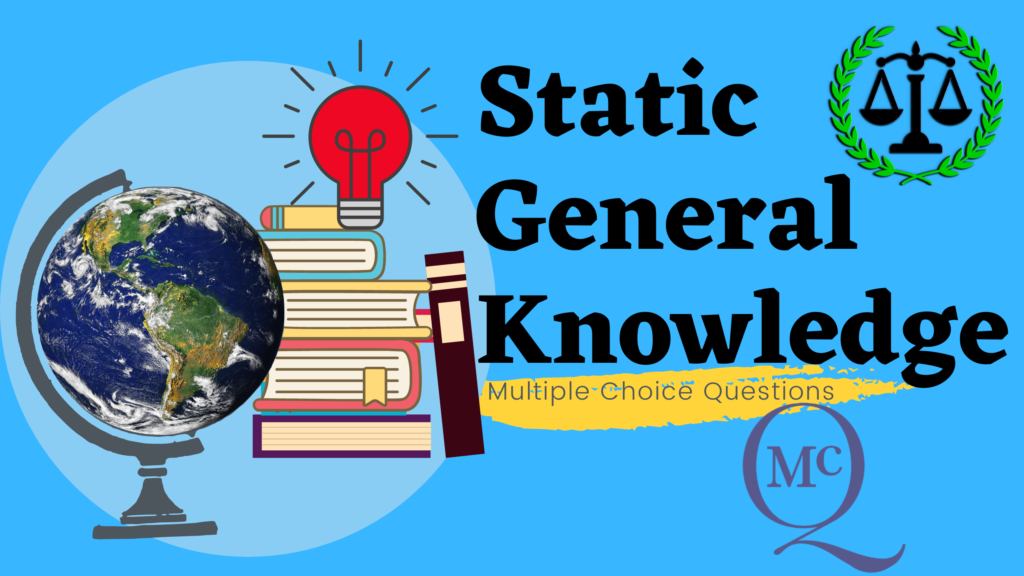Are you a serious Judicial Services Aspirant?
If yes and you are looking for a dedicated Judicial Services Mentorship program that includes Mains Answer Writing practice and Classes, kindly know our full program details on this webpage. https://judgesaab.com/judicial-services-preparation-plan/
Q.1. Which of the following Greek historians has been called the “Father of History’?
(a) Nearchus
(b) Herodotus
(c) Aristotle
(d) Megasthenes
Correct Answer: B
Explanation- Herodotus
Herodotus has been called the “father of history.” An engaging narrator with a deep interest in the customs of the people he described, he remains the leading source of original historical information not only for Greece between 550 and 479 BCE but also for much of western Asia and Egypt at that time. Hence Option B is correct.
Q.2. Who built Kabulibagh Mosque at Panipat?
(a) Akbar
(b) Aurangzeb
(c) Babar
(d) Ibrahim Lodi
Correct Answer: C
Explanation- Babur
The KabliBagh Mosque was built by Babur to commemorate victory over Sultan Ibrahim Lodhi in the First Battle of Panipat (1526 AD). The mosque, situated inside an enclosure having octagonal towers on its corners, has its entrance on the north. Hence Option C is correct.
Q.3. In information technology HTML represents_____?
(a) Human Text Markup Language
(b) High Text Markup Language
(c) Hybrid Text Markup Language
(d) Hyper Text Markup Language
Correct Answer: D
Explanation- TheHyperTextMarkup Language, or HTML is the standard markup language for documents designed to be displayed in a web browser. It can be assisted by technologies such as Cascading Style Sheets (CSS) and scripting languages such as JavaScript. … HTML elements are the building blocks of HTML pages. Hence Option D is correct.
Q.4. About what percentage of the World’s fresh water is in Antarctica?
(a) 50
(b) 40
(c) 70
(d) 100
Correct Answer: C
Explanation- The present Antarctic ice sheet accounts for 90 percent of Earth’s total ice volume and 70 percent of its fresh water. It houses enough water to raise global sea level by 200 ft. Hence Option C is correct.
Q.5. Where has the tallest rock cut image of Narisimha been found?
(a) Chandpur
(b) Dudhai
(c) Deogarh
(d) Chanderi
Correct Answer: B
Explanation-Dudhai
One may be awestruck by the magnificent 30 ft high rock-cut Narasimha at Dudhai in Lalitpur district of Uttar Pradesh, an interesting visual representation of a mythological story. Hence Option B is correct.
Q.6. Match List – I with List-II and select the correct answer using the code given below:
List – I List – II
(A) Vaishesik Philosophy (1) Gautam
(B) Sankhya Philosophy (2) Patanjali
(C) Yoga Philosophy (3) Kanada
(D) NyayaPhilogophy (4) Kapila
Code:
. A B C D
(a) 3 4 2 1
(b) 3 2 4 1
(c) 2 3 4 1
(d) 3 2 A 4
Correct Answer: A
Explanation-
(A) Vaishesik Philosophy – (3) Kanada
(B) Sankhya Philosophy – (2) Patanjali
(C) Yoga Philosophy – (4) Kapila
(D) NyayaPhilogophy – (1) Gautam
Hence Option A is correct.
Q.7. Who amongst the following brought out “Voice of India”?
(a) SurendraNathBannerjee
(b) DadabhaiNaoroji
(c) BalGangadharTilak
(d) Christopher Paul
Correct Answer: B
Explanation- Dadabhai Naoroji started the newspaper voice of India. In 1883 he started the Voice of India in Bombay and later incorporated it into the Indian Spectator.
The name does justice to his actions as, he contributed articles to newspapers and magazines to create awareness. He also wrote in English journals and magzines. He published his statements by ways of facts and figures in a book titled ‘Poverty’ and ‘Un-British Rule in India’. This is believed to be the first economic critique of colonial India. Apart from this, he also founded several magazines and journals such as RastGoftar. Hence Option B is correct.
Q.8. Sun is getting energy from which of the following?
(a) Nuclear Fission
(b) Chemical Reaction
(c) Nuclear Fusion
(d) Photoelectric Effect
Correct Answer: C
Explanation- The sun generates energy from a process called nuclear fusion. During nuclear fusion, the high pressure and temperature in the sun’s core cause nuclei to separate from their electrons. Hydrogen nuclei fuse to form one helium atom. During the fusion process, radiant energy is released. Hence Option C is correct.
Q.9. Which of the following is not caused by bacteria?
(a) Malaria
(b) Typhoid
(c) Diphtheria
(d) Tetanus
Correct Answer: A
Explanation- A disease caused by bacteria is tuberculosis. Tuberculosis (TB) is cause by Mycobacterium tuberculosis that most often after the lungs. It is a curable and preventable disease. But this is a contagious disease that spread from person to person through air. When people with TB cough sneeze of spite, the germs are released into the air. Thus any person coming in contacts is inhaling the air becomes infected. The symptoms are cough, night sweats, weight loss etc. These are be mild for many months. Thus results in the day of seeking treatment and may infects often. This can be caused by people intake of medicines. Polio is a viral disease caused by polio virus. Ringworm is a fungus caused disease and hepatitis is a virus caused diseases. Hence Option A is correct.
Q.10. Which one of the following temples has been described as ‘a landmark in the evolution of the building art’ by Percy Brown?
(a) Brihadishvara temple at Tanjore
(b) Brihadishvara temple at GangaiKondacholapuram
(c) Shore temple at Mamallapuram
(d) Kailasa temple at Ellora
Correct Answer: A
Explanation-This ancient shrine is situated at Thanjavur district in Tamil Nadu. Brihadeeshwara Temple is a revered temple for Hindus, which they bestow to Lord Shiva (The God of destruction). This temple is one of the largest temples of India, and one of supreme brilliances of Indian architecture. Hence Option A is correct.

